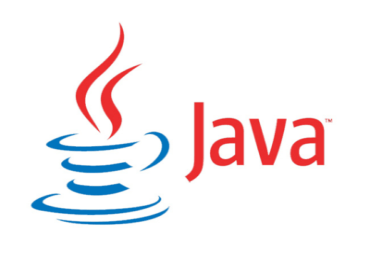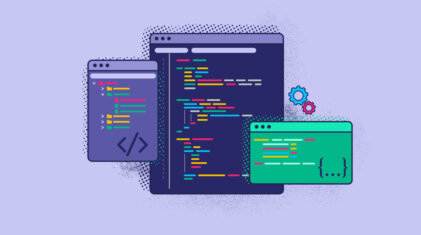Decision Intelligence: An Introduction
Every day, employees and leaders of enterprise IT organizations make multiple decisions that affect their company’s success or failure. To stay ahead of the competition and…
Whether you are just starting your observability journey or already are an expert, our courses will help advance your knowledge and practical skills.
Expert insight, best practices and information on everything related to Observability issues, trends and solutions.
Explore our guides on a broad range of observability related topics.


If you search the internet for “Java Developer Tools”, millions of articles come back. You’ll see results that recommend the eight best Java development tools, and even those that want to share the 20 best Java tools. The problem is that sometimes too much of a good thing can be bad.
As a Java developer, you need the consensus, the best-of-breed tools in each category. You want someone to tell you the best tool for each purpose, grab it and start working. You don’t need to sit and evaluate an endless selection of tools to find out which is 2% better than the other.
We want to help you save time by pinpointing the best tool for each development requirement. There are five essential categories of tools you will need as a Java developer:
Java is a programming language and platform that was released in 1995. As all developers know, Java is a huge part of the ever-evolving digital space and a reliable platform for many to build services and applications. It’s fast, reliable, and secure, which makes it perfect for coding everything, from enterprise software to mobile applications.
Whether you’re looking for Java build tools or Java script development tools, we’ve got you covered. Here are the five tools every Java developer needs:
An IDE is a comprehensive suite of software tools that every developer needs. An IDE should include, at a minimum, a source code editor, build automation tools and a debugger.
The consensus best-of-breed IDE is the open source Eclipse IDE. Surveys indicate that it is the preferred IDE for almost half of Java developers. It is so widely adopted that there is a large selection of third-party plugins that extend its core functionality. You can’t go wrong choosing Eclipse for your IDE.
Build tools automate the building, publishing, and deploying of software applications. The honor for best Java build tool goes to the open source Gradle.
Gradle isn’t currently the most widely adopted tool, Maven is. However, since Gradle builds on the features of Maven, it is quickly increasing its adoption rate. Gradle prides itself on developers being able to build anything, automate everything and deliver faster. It also allows you to build in any language, whether it be Java, Kotlin or CC+.
Similar to Eclipse, Gradle comes with a vast ecosystem of plugins for extending its capabilities. It’s just a matter of time before Gradle becomes the most widely adopted build tool around.
A Java profiler is a tool used to analyze a Java program and estimate its CPU and memory requirements. It is used primarily to optimize code.
The YourKit Java Profiler has already been recognized by many IT professionals and analysts as the best profiling tool and has even received the Java Developer’s Journal Editor’s Choice Award. Key features of YourKit include:
And more you can view here.
Whether testing a smaller project or a unit of a larger project, you’re going to need the ability to conduct white-box testing. White-box testing is a method of testing software that tests the internal structures or workings of an application as opposed to its functionality. A unit test framework is a core tool of test-driven development and enables repeatable white-box testing.
The open source JUnit is a simple, open source framework for writing and running white-box tests. It can test classes and methods, as well as functionality. In the past, it has also won Java Editor’s Choice Award for best performance testing tool.
When it comes to your Java code, you’re going to want an all-in-one troubleshooter. A tool that can allow you to generate and analyze heap data, track down memory leaks, and monitor the garbage collector. You’ll also want it designed for both development and production time.
VisualVM, which makes it easy to diagnose performance issues in real-time, fits the bill. VisualVM actually comes with the Java Development Kit (JDK), the most widely used Software Development Kit (SDK).
VisualVM perfectly fits all the requirements of application developers, system administrators, quality engineers, and end users. In a survey conducted by Rebel Labs, they found that VisualVM is used by 46.5% of developers.
There are a lot of tools available to you as a Java developer, and sometimes the choices can be overwhelming. When making your decisions, you want to ensure you are selecting widely adopted, award-winning tools with full-scale capabilities.
If you’re unsure where to start, remember you can’t go wrong with Eclipse, Gradle, YourKit, JUnit, and VirtualVM.
(This blog post was updated August 2023)

Every day, employees and leaders of enterprise IT organizations make multiple decisions that affect their company’s success or failure. To stay ahead of the competition and…

With the shift from traditional monolithic applications to the distributed microservices of DevOps, there is a need for a similar change in operational security policies. For…

Like all programming, scripting is a way of providing instructions to a computer so you can tell it what to do and when to do it….